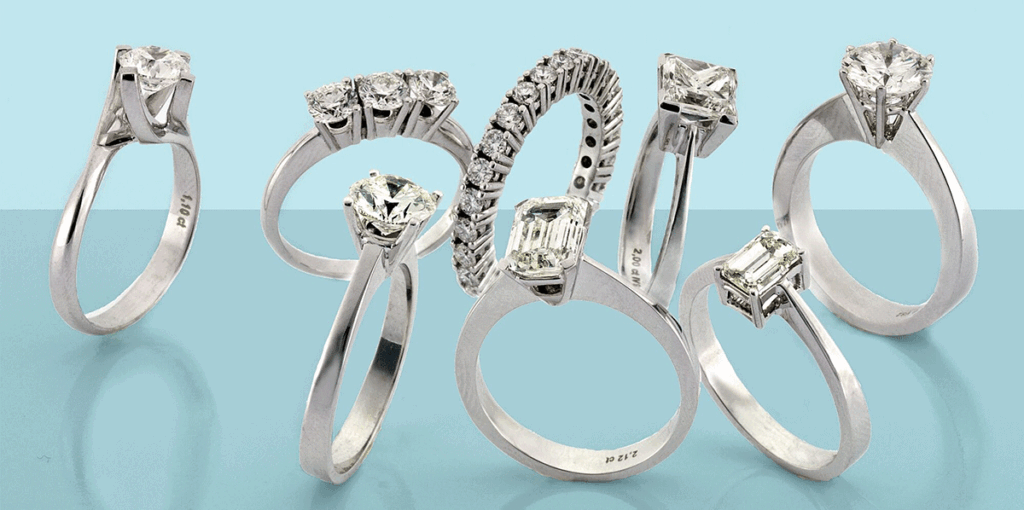If you are in the market for an engagement ring, you will most certainly think of a ring with a sparkling diamond on it. You never care about the setting which, to a large degree can make the diamond center stone sparkle even more. Nor would you care about the metal the setting is made of. Anything white and silvery or gold is good enough. Not quite. some settings are better than others—like platinum ring settings.
Why?
Because platinum settings are simply adorable and they are slowly inching up on gold as the metal of choice for engagement and wedding rings.
How to Choose the Best Platinum Ring Settings
In case you are not so familiar with this platinum, this article is going to put you up to speed so that, at the end of the day, you can make a decision you would cherish in your entire lifetime.
What is Platinum
Platinum is a silver-white metal (once called “white gold” like the material in this Pompeii3 review), that is extremely resistant to tarnishing and corrosion. It is soft and malleable, hence easy to shape; it is also ductile making it easy to draw into small-diameter objects like wires. Despite its softness, it a very dense—6x denser than diamonds.
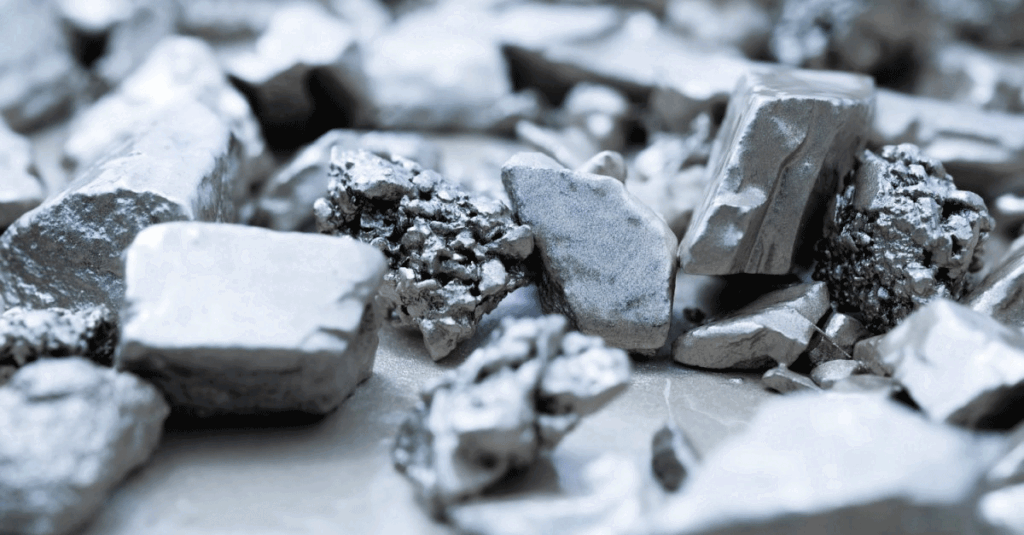
Because of these properties, this rare and precious metal has found many uses in man’s endeavors—then and now. For example, ancient Egyptians and Americans used platinum, often mixed with gold, for jewelry and decorative pieces. But its modern cognizance started in 1557, when Julius Scaliger, an Italian physician, described a metal found in Central America that won’t melt. He called it a Platina—”little silver.”
Since then, platinum has found specialized use in the fields of medicine, industry, military, and aerospace, to name a few.
Platinum in Jewelry
Platinum’s use in jewelry is fairly recent, around the 19th century. Jewelry-makers love to work on it because of its strength and resistance to rust. It keeps precious stones in place practically forever—even if worn every day.
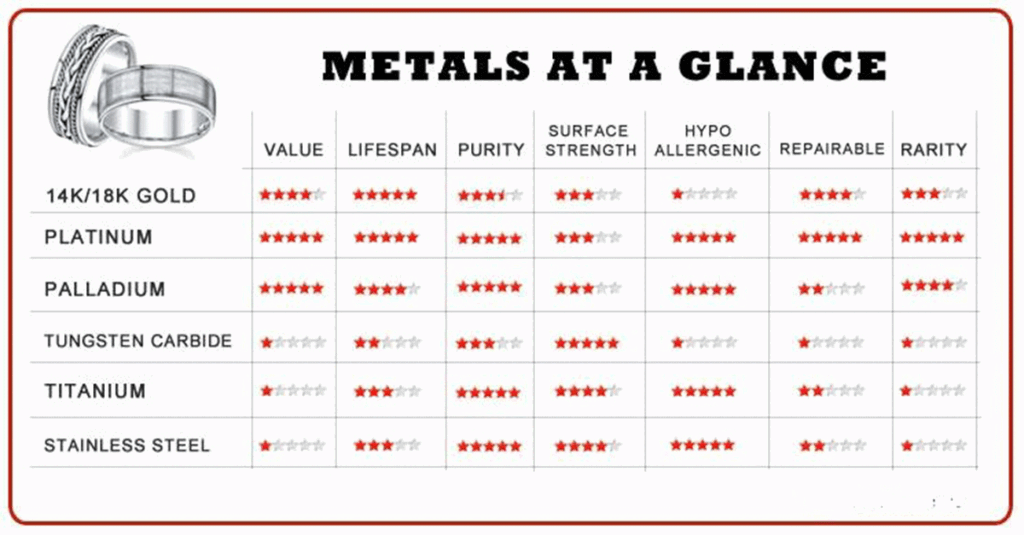
Do platinum rings need maintenance? Though the metal is extremely resistant to wear, it is not totally damage-proof. It should not be worn while doing gardening work, or handling chemicals. It must be stored separately to avoid scratches. And it must be checked by a jeweler at least twice a year.
Platinum is silvery-white in color and shiny. But daily wear may give it a dull look. So if you’re wondering “how can I make my platinum ring shiny?” then you must take good care of it and clean it periodically.
Cleaning it is very much the same as cleaning your gold jewelry items. You can either clean it with mild soap and warm water or purchase a specially formulated cleaner for gold and platinum jewelry. Whatever you use, scrub it lightly with a soft toothbrush. Then rinse it and dry it using a clean and soft cloth.
Can Diamonds be Set in Platinum?
Since man started making jewelry for adornment and personal beautification, he had used all kinds of metals he can lay his hands on. When alloys came into the scene like titanium and stainless steel, he added them into his jewelry-making trade.
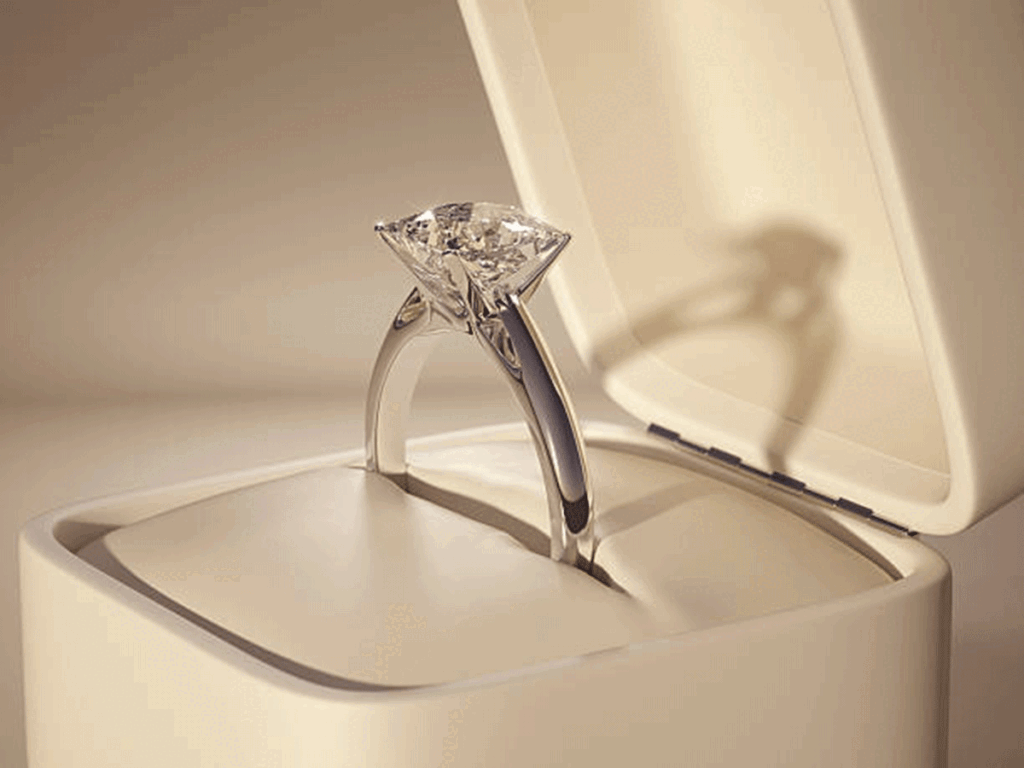
However, in the face of it all, three metals have withstood the test of time, and still lead the pack—gold, silver, and platinum
So “Yes, a diamond can be set in platinum.” In fact, it is a preferred choice because it provides diamonds with a very secure setting. Platinum prongs don’t become thin and brittle over time. And because it is exceptionally dense, it does not only look good but wearing a platinum ring feels good, too.
What is the average price of a platinum ring?
Platinum rings are becoming popular these days and are slowly replacing gold as the metal of choice for rings. Though a 14K white gold is stronger and more scratch-resistant, platinum does a better job at holding the gem in place for a long time.
In fact, platinum provides a perfect match for diamonds. They look stunning and sparkly, even those in the higher color range.
Sadly, because of its rarity, it costs more than gold. And there is no price that fits all. The price is dependent on purity. For example, you may wonder “what is the average price of a platinum ring” (without diamond) On average, platinum ring setting cost is around $800 if it is 95% pure.
The Right Platinum Ring Setting for You
A setting (platinum ring setting only) refers to how a gemstone is set, or mounted, onto a metal band. It is very important because it aids in highlighting the beauty of the center stone. And to give a setting a huge dose of appeal and aesthetics, settings come in various styles.
But before getting into that. here are a few things you must consider before buying that long-hoped-for engagement ring.
In this world, nothing is perfect. Whatever you choose there is always that give-and-take kind of thing, the pros, and cons—you might say. Here they are of platinum.
Pros
Durable
Platinum is dense, meaning it has more material packed into a given area. A good example is the metal lead, you can feel its density by its weight. Compared to white gold—another popular jewelry material—it is 20% denser; 60% compared to yellow gold.
What this means is that is platinum ring settings are more durable and long-lasting compared to the two. It can withstand the wear and tear of daily wear.
Hypoallergenic
The metal is unlikely to cause allergic reactions. This property sits well with people with sensitive skin. In fact, it is one of those jewelry metals that are safe to use by people with extra-sensitive skins.
Prestigious
This metal is rare. And it has properties not found in other settings. It looks luxurious as well. A diamond set on a platinum setting does not only look prestigious, it is also a status symbol.
When talking of high quality and value, nothing is on par with platinum settings.
Complimentary
Do you have a fair or rosy complexion? Then a platinum ring is perfect for you as it tends to have a perfect match with these skin tones.
Cons
Price
Anything deemed “best” is always pricey. This holds true with platinum. If you buy a platinum ring setting, expect to pay more compared to buying white gold even if they both look the same.
Some of the reasons for this are:
- Rarity – it is 30 times rarer than gold and it is mined less. Each year, 2,700 tons of gold are mined, while only 80 for platinum.
- Density – precious metals are priced by weight. And since platinum is heavier, it costs higher, too.
- Malleability – compared to gold, platinum is less malleable. Meaning, it is more difficult to work on. The extra cost of labor in forming a platinum ring goes into its over-the-counter price.
Difficult to resize
Compared to other metal settings, platinum requires a higher temperature to soften it, making re-sizing a difficult and labor-intensive process. On top of that, heat travels fast through the setting raising the risk of damaging the stone if it already has a stone on it. If not done by an expert, the band may warp.
More maintenance and care
Platinum does not fade or tarnish over time but it requires care to keep it looking shiny and at its best.
Jewelry items made of platinum should be removed when doing certain activities that may damage them. When cleaning, use a cleaner specifically made for platinum. If you want to do it yourself, soak them in a solution of soap and warm water; let them stay overnight. The next day, rinse them with warm water, then air dry.
And here’s something worth noting: platinum, like rose gold, also develops a patina over time. This is no cause for worry. You can either polish it off to bring back the metal’s luster or let it stay to give your jewelry item a vintage look.
Note: when buying an engagement ring, buy the setting and stone separately. In this way, you can keep to your budget and can personalize your ring.
If you are tempted to go this way, buy round brilliant or cushion-cut diamonds. They look better on platinum settings even with stones with H or higher color grade levels. This is but one of the variety of facts about round brilliant cut diamonds.
Should the fancy-shaped diamonds appeal to you, again, choose a color in the H-I range for better results with platinum settings.
Most Popular Platinum Ring Settings
Now we have covered everything there is to know about platinum ring settings. The question now is, “how do I choose the best setting?”
There is more to the question that meets the eyes because the word ‘best’ is entirely subjective and personal. Besides, each ring setting has its own plusses and minuses. For example, the following are the most popular. They are all beautiful and elegant, but maybe only one resonates more with your heart than the others. Or none.
Solitaire Engagement Ring
A solitaire engagement ring, like the one in this Diamond Nexus review, first popularized by the famous jeweler Tiffany and Co., features a single diamond gemstone fixed on a platinum band. The diamond can be stand-alone or adorned with smaller diamonds.
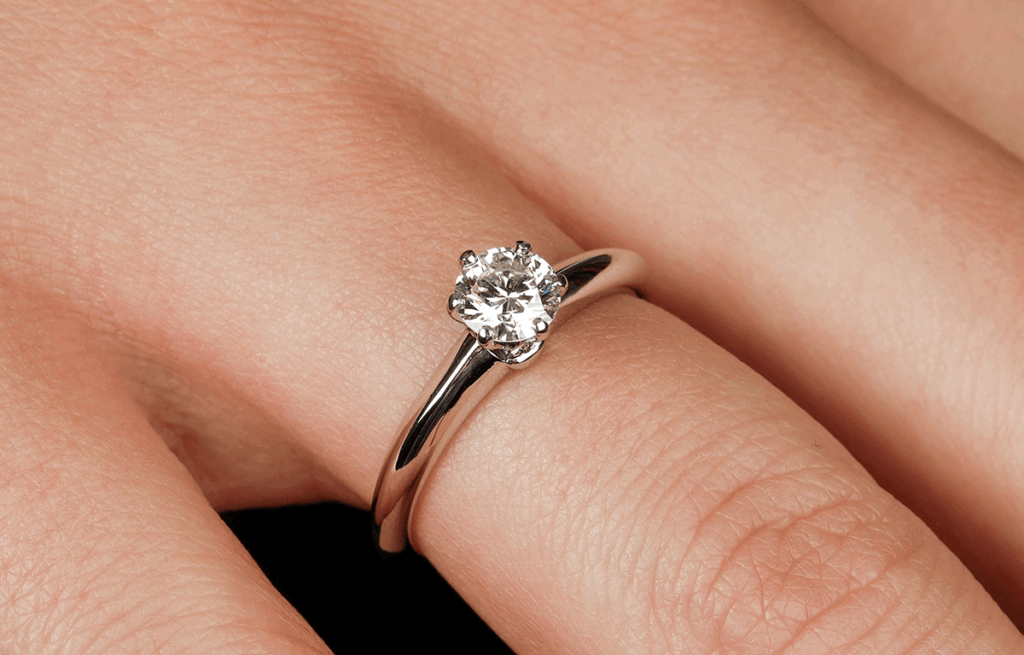
This ring setting is timeless and can look awesome with all diamond shape options. And when paired with platinum’s icy hue, it is captivating.
Halo Engagement Ring
A halo engagement ring is one that has a single-diamond center stone surrounded by a circle of smaller diamonds, called accent stones.
The effect is electrifying. The center stone would appear so big, it can be admired from across the room. And to add more sparkle to your ring, it has a row of small diamonds around the platinum band. Of course, this may add a strain on your budget.
Vintage Rings
A product of the Art Deco period, this ring setting is popular among couples to give that “blast-from-the-past” aura to their engagement.
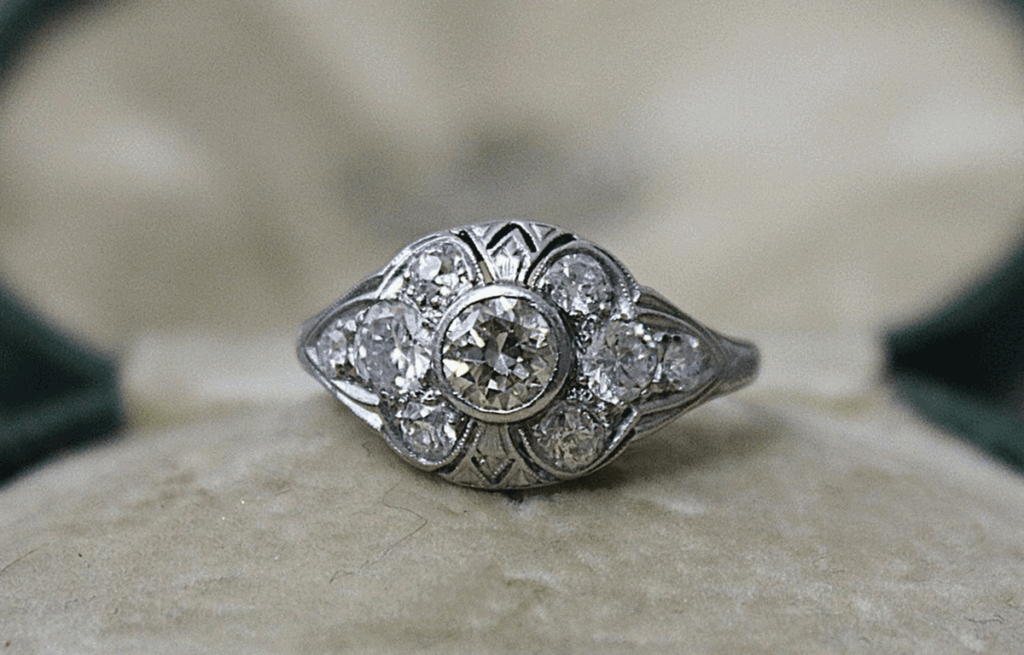
This antique style looks great on platinum ring settings. Other than diamonds, pieces like vintage engagement rings can also look great with bright turquoise, amethyst, opal, and blue enamel center stones. They make a striking contrast against platinum’s pale tone.
Three-stone Engagement Ring
If you have the budget for something a bit pricey, try looking into this setting.
The three-stone engagement ring setting is intended to evoke romanticism as the stones represent the couple’s past, present, and future.
Rings of this type have a glimmering center stone and two side stones: either diamonds or colored gemstones.
If set on platinum, the three-stone arrangement looks very classy.
Prong Setting
This is the most common and classical setting.
It gets its name from the small metal claws that grip the center stone safely in place. The prongs can be rounded, pointed, flat, or V-shaped (like the one used for princess-cut diamonds). Typically, prong settings have either four or six prongs.
Though similar in format to the solitaire, the prong setting has a lesser amount of metal holding the stone, making it stand out like a beacon. It exposes a wider diamond surface for light to enter ad pass through, creating more sparkle and glitter.
How to Choose Your Best Platinum Setting
Choosing an engagement ring setting is extremely important as it determines, to a very large extent, the kind of diamond you want to put on it. While the above shows the most popular platinum ring settings, they are not, by any means, all-encompassing. So, if none of them interests you, you can still find a lot of options to choose from. Just keep on digging.
But do keep in mind that your choice will be entirely personal and there is no such thing as the ‘best.’ They all have their pros and cons. For example,
Prong setting
- Pros – because the diamond is raised up, it disperses more light resulting in a flash of rainbow colors.
- Cons – for people who are constantly using their hands, the center stone may get snagged, scratched, or get dislodged.
Halo Setting
- Pros – it has the security of a prong setting and the allure of multiple diamonds similar to that of a vintage setting.
- Cons – because this type of setting uses pavé or micro-pavé diamonds around the center stone, there is a high risk of these smaller diamonds getting loose.
People love platinum ring settings because they look adorable, strong, and durable. In fact, next to gold, it comes in second in popularity for jewelry use. Its main drawback is its rarity and of course price. Despite these, they remain on top of the list for people shopping for engagement rings.
Now, if you’re interested in knowing more types of settings, specifically for diamonds, check out our article, “Setting in Stone: Understanding the Basics of Diamond Settings.”

